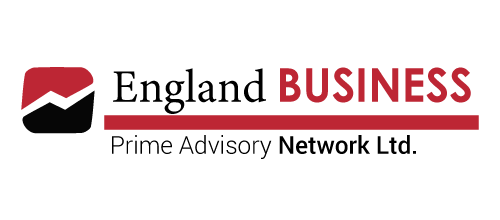The group can seek the advice of this document when future issues come up and make variations as needed. Your teams will quickly https://bear-alert.com/are-there-any-bear-free-zones-in-popular-parks/ learn that battle is not to be feared, and that they’ve the instruments to find a productive compromise. The mostly used framework for a group’s phases of growth was developed within the mid-1960s by Bruce W. Tuckman.
Providing Essential Sources And Support
There might be extra frequent and more meaningful communication amongst team members, and an elevated willingness to share concepts or ask teammates for help. Team members refocus on established team groundrules and practices and return their focus to the group’s tasks. Teams might begin to develop their own language (nicknames) or inside jokes. Having a method to identify and perceive causes for adjustments in the team behaviors might help the group maximize its course of and its productiveness.
Why Is Group Improvement Important?
Team leaders can encourage a culture of open communication by staying approachable. It’s necessary to take suggestions through anonymous surveys and forms. You can strive ClickUp Forms, which are super-customizable and make it straightforward to gather suggestions from groups. Define clear objectives and expectations right from the beginning to make sure group alignment and supply them a way of path. Set small goals for small teams and composite ones for bigger teams.
Teambonding’s Guide To The 5 Phases Of Group Improvement
These levels are key for staff leaders and members to know, as they have an result on how properly the team works. In the Performing stage of staff development, members feel satisfaction within the group’s progress. They share insights into private and group process and are aware of their own (and each other’s) strengths and weaknesses.
To arrange annual plans or longer, you will need to guide a demo with a customer support specialist. Learn how peer-to-peer recognition boosts employee engagement, strengthens staff dynamics, and creates a culture of appreciation. Building a group with all its members performing at their best is not any easy feat, however the aim is to provide a process that any staff can follow to develop themselves and their team. ‘Team-building’ and ‘Team Development’ are sometimes used interchangeably. And whereas they each involve bringing folks collectively, they’re completely different of their goals, methods, and outcomes. This applies to businesses and highlights the necessity for group improvement.
- Chris asks each team member if they’ve attended annual safety coaching in the past.
- As an organization chief, it’s your duty to set your groups up for fulfillment.
- Teams with sturdy performance norms and high cohesiveness are excessive performing.
- In the storming stage, group members begin to specific their particular person ideas, opinions, and preferences.
- In the norming stage, consensus develops round who the leader or leaders are, and individual member’s roles.
They may feel unhappiness or a way of loss in regards to the adjustments coming to their group relationships. And on the same time, team members may really feel a sense of deep satisfaction at the accomplishments of the group. Individual members may really feel all of these things at the identical time, or might cycle through feelings of loss adopted by emotions of satisfaction. Given these conflicting feelings, particular person and group morale could rise or fall all through the ending stage. It is highly probably that at any given second people on the group shall be experiencing totally different emotions in regards to the staff’s ending. As the staff begins to move in path of its goals, members uncover that the staff can’t stay up to all of their early excitement and expectations.
There’s a chance of failure on the storming stage as a outcome of it is here that conflicts begin to manifest. At the storming stage, members will begin to really feel snug round one another, share concepts, and learn the way their colleagues function in a group setting. Reaching the performing stage is a major success and often precipitates some form of team learning.
Activities embrace; workshops that highlight what’s working, what isn’t, and what could be higher. A workflow like the beginning, stop, proceed workshop allows facilitators to get suggestions from interns seamlessly. It is difficult for people to define their team objectives and roles because they haven’t any expertise working in groups. They don’t know each other well sufficient to rely upon one another for their particular experience or knowledge. Often known as Tuckman’s phases of group growth, or the Tuckman model, this framework has, over time, been helpful for both people and organizations.
During the Forming stage, a lot of the team’s energy is concentrated on defining the team so task accomplishment could also be comparatively low. Team effectiveness is enhanced by a staff’s commitment to reflection and on-going analysis. In addition to evaluating accomplishments when it comes to meeting particular goals, for teams to be high-performing it’s important for them to know their growth as a team. They excel at constructing and maintaining positive relationships among group members.
By encouraging a culture of shared learning and development, teams can tackle intricate challenges with confidence. Coordination within a team is important for fulfillment and staff effectiveness. It entails managing duties, timelines, and resources to ensure that every little thing runs smoothly. Effective coordination ensures that even when confronted with difficult conditions, your staff remains on track. Think of functionality as the varied skill set that every group member brings to the table.
Maintaining an effective group is very comparable to sustaining a garden; if left unattended, it loses its capacity to thrive. Team improvement ensures that the staff can thrive in the lengthy term. Request and monitor real-time suggestions on conferences, recent initiatives, and performance. Fellow helps your staff construct nice assembly habits by way of collaborative agendas, real-time notetaking, and time-saving templates.
